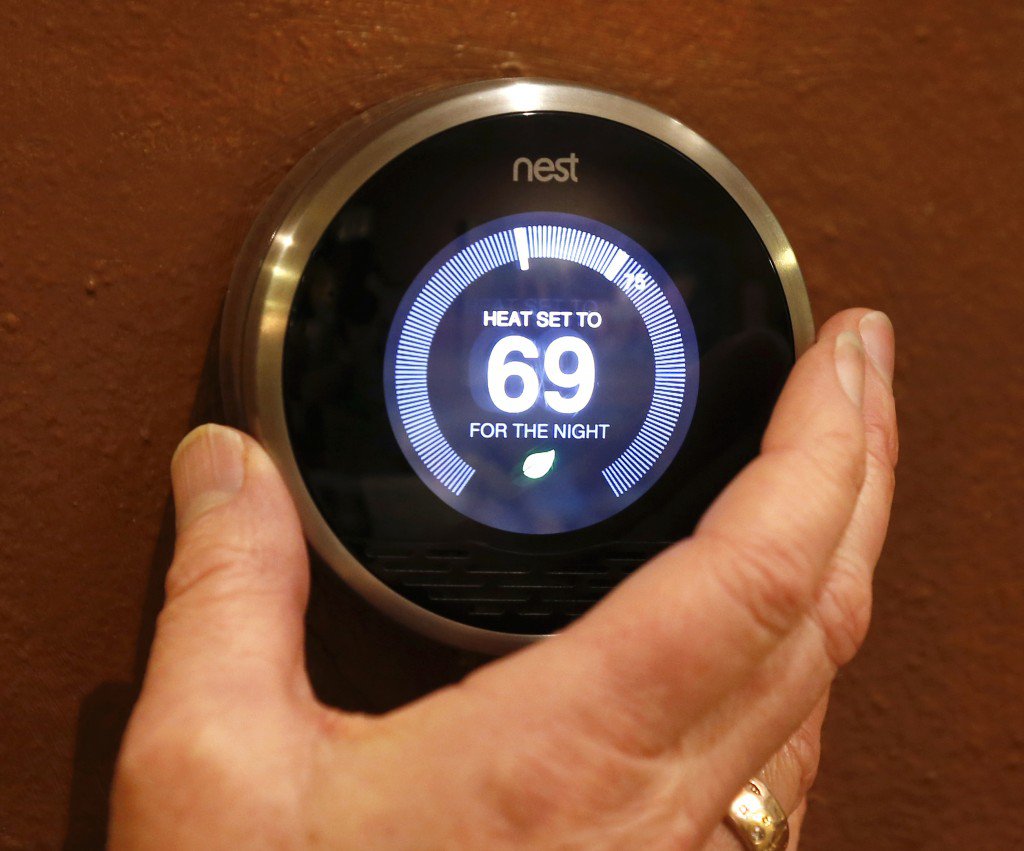Sunday, 14/12/2025 | 01:23 GMT+7
As we say goodbye to 2015, we usher in a new year with champagne toasts, singing “Auld Lang Syne” and — of course — resolutions. Why not make 2016 the year you resolve to take simple steps to save energy? Here are a few ideas to help get you started:
1. UNPLUG THOSE UNUSED ELECTRONICS.
We all do it. We leave electronics and equipment like cell phone chargers constantly plugged in, even when not in use. These “energy vampires” (or phantom loads) can suck a lot of power, so unplugging unused electronics can save up to 10 percent on your electricity bill. This calculator helps you estimate how much energy it takes to power your electronics throughout the year and identify even more savings opportunities.

2. DON’T PUT THE PEDAL TO THE METAL.
Overly aggressive driving burns a lot of gas and can lower your car’s fuel efficiency by more than 30 percent on the highway. Driving sensibly is not only safer but also saves you gas and money. Carpooling, taking public transportation or biking to work are other ways you can lower fuel use and reduce your carbon footprint. Here are even more tips to save fuel.
3. SEAL UP PESKY HOME AIR LEAKS.
Air leaking from windows, doors and other parts of your home can waste a lot energy and money. Caulking, sealing and weather stripping keeps cold air out and warm air in, saving you energy and money.
4. MAKE THE SWITCH TO LEDS.
If you are thinking of switching to LED (light emitting diode) lighting in 2016, you aren’t alone. From 2012 to 2014, home LED installations increased six-fold from 13 million to 78 million, for good reason: ENERGY STAR-rated LEDs use at least 75 percent less energy and last 25 times longer than incandescents. Thanks to continued research and development, LEDs are expected to get even more affordable and energy efficient. Learn about LED lighting and find out which option is right for you.
5. GIVE YOUR HEATING AND COOLING SYSTEM A CHECK-UP.
Properly maintaining your heating and cooling system will extend its life and save you energy and money. For instance, replacing dirty filters with new ones can lower your air conditioner’s energy use 5 to 15 percent. Certified technicians can also help ensure your heating and cooling system is in tip-top shape by checking and replenishing refrigerants, testing for system leaks, inspecting belts and other parts for wear and tear, making sure air is flowing throughout your home properly, checking the accuracy of your thermostat and more.
6. SCHEDULE A HOME ENERGY AUDIT.
A certified home energy professional can help you fully understand your home’s energy use. A comprehensive home energy audit (also called a home energy assessment) helps determine how much energy your home uses and loses, and identifies fixes for problem areas. As part of the energy audit, home energy pros examine each room and use special techniques like ablower door test to find opportunities for savings of up to 30 percent on energy bills.
(According to Breaking Energy)








 Enhancing capacity to develop and implement energy efficiency policies at local level
Enhancing capacity to develop and implement energy efficiency policies at local level
 Bosch Vietnam Plant Benefits from Investment in Energy Efficiency
Bosch Vietnam Plant Benefits from Investment in Energy Efficiency
 Webinar 2: “Financial Support for Energy Efficiency Enterprises – Opportunities and Challenges”
Webinar 2: “Financial Support for Energy Efficiency Enterprises – Opportunities and Challenges”
 Vietnamese enterprises achieve green growth and cut costs through energy efficiency
Vietnamese enterprises achieve green growth and cut costs through energy efficiency
 Capacity Building for Program Implementing Entity
Capacity Building for Program Implementing Entity
 Promoting Energy Efficiency for Technical Staff of Brick and Ceramic Sector
Promoting Energy Efficiency for Technical Staff of Brick and Ceramic Sector
 Enhance Energy Efficiency Knowledge for Managers of Cement Industrial Enterprises
Enhance Energy Efficiency Knowledge for Managers of Cement Industrial Enterprises